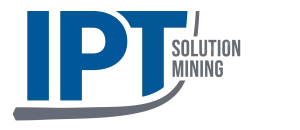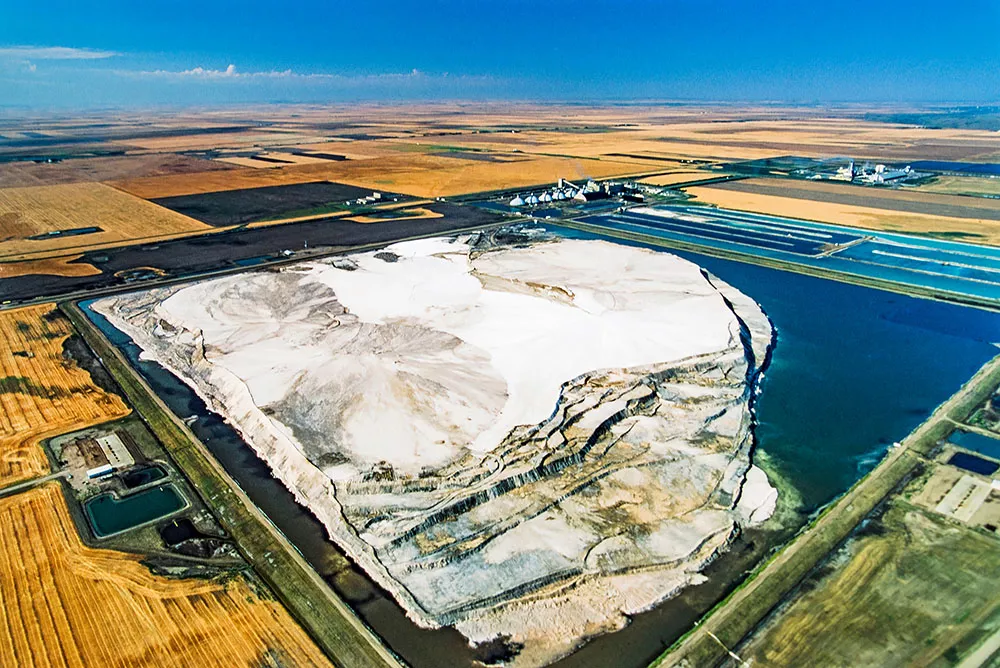Solution Mining

Solution mining offers several benefits compared to traditional mining methods including lower environmental impact, reduced energy consumption, higher resource recovery to deeper deposits, and reduced safety risk. Overall, solution mining offers a range of advantages that make it an attractive option for extracting certain types of minerals, particularly those that are soluble in a suitable solvent and located in deep or challenging geological environments.
At IPT we specialize in providing innovative solutions to extract valuable minerals such as trona, lithium and uranium, dissolved in water/solvent, that can be extracted with solution mining techniques in a safe and environmentally sensitive process.

Solution Mining
We can provide a wide range of services to evaluate, engineer and execute on your solution mining project.
We have completed both Front End Engineering Development (FEED) plans and execution plans for solution mining projects. Please contact IPT Solutions Mining for your next project.
Evaluating the potential success of a solution mining project involves a thorough assessment of various geological, technical, economic, and environmental factors.
- Identify and characterize the target mineral deposit, including its size, depth, grade, and mineralogy.
- Provide hydrogeological and geological assessments to describe the conditions of the deposit, including the permeability and porosity of the rock formations, as well as the presence of any geological structures that may affect the feasibility of solution mining.
- Evaluate the solubility of the target mineral and determine whether it can be effectively extracted using solution mining techniques.
- Provide a resource estimation of the quantity and quality of the mineral within the deposit based on geological data, drilling results, and sampling.
- Determine the spatial distribution of the mineral within the deposit and assess its continuity and variability.
- Develop a hydrogeological model of the deposit to simulate the flow of fluids (e.g., water, solvent) through the rock formations.
- Evaluate the movement and dispersion of the solvent within the deposit, including any potential interactions with groundwater or other aquifers.
- Assess the potential for fluid containment and control during the solution mining process.
- Evaluate the suitability of solution mining techniques for extracting the target mineral based on the geological and hydrogeological characteristics of the deposit.
- Assess the feasibility of injecting the solvent into the deposit and recovering the mineral-rich solution to the surface.
- Identify any technical challenges or operational risks associated with the solution mining process and develop mitigation measures.
- Estimate the capital requirements for engineering and execution associated with establishing the solution mining subsurface operation, including equipment, services and labor costs.
- Evaluate the potential environmental impacts of the solution mining operation, including groundwater contamination, subsidence, and surface water discharges.
- Evaluate surface water discharges verses the installation of a brine water disposal well.
- Develop a comprehensive environmental management plan to minimize and mitigate potential impacts, comply with regulatory requirements, and ensure environmental sustainability.
- Identify and comply with applicable state and federal regulatory requirements for permitting, land use, water rights, and environmental protection.
Here's What Our Clients Are Saying
"Their mindset mirrored ours as an operator: Cost conscious, vendor intelligence, oversight, relevant and up to speed."
Adam GollofonMassif Oil
“They've made a huge difference for us. I work with people of significant capability that I know. I can count on IPT’s people, and working with them limits the amount of overhead expense when there isn't much work.”
Roger ParkerPetro Operating
“We’ve been using IPT consultants on the completion side for several years and will continue to do so. The consultants are respectful, knowledgeable and professional. Our management can rest at ease knowing IPT is on location.”
John ThomasCrawley Petroleum
